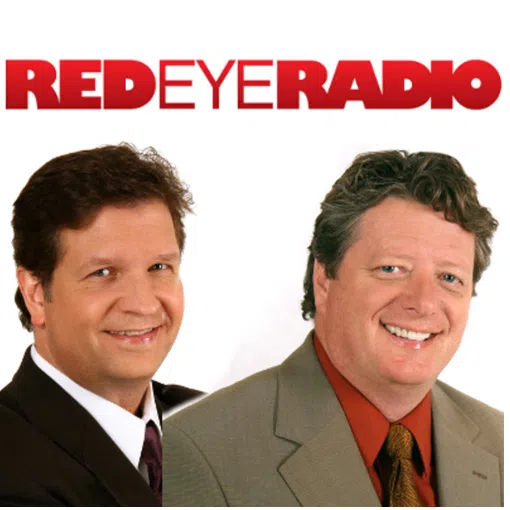About a week ago I lauded the national news outlets that had done great work in uncovering the actions of the real “fake media” and efforts to undermine the credibility of traditional journalism. Then last week, many of those same outlets turned around and had very bad weeks–publishing a number of inaccurate stories about the Trump administration providing ample ammunition for the President and his acolytes to turn the people against those trying to report the truth.
First, Brian Ross of ABC News reported incorrectly that Michael Flynn’s plea deal with Federal prosecutors contained an admission that he was ordered by Trump to contact the Russians before the election–when in fact that order came after the President won the election. Then CNN, MSNBC and CBS all aired stories that the Trump campaign was sent links to the Wikileaks information about hacked emails from the Democratic National Committee before they were published. Somehow, the “sources” for all three of those networks “misread the date” on that email–which was sent the day after Wikileaks posted the emails–and the links were to materials that had already been published for public consumption. That was followed by Washington Post reporter Dave Weigel tweeting a photo of a nearly empty arena and claiming that was turnout for President Trump’s speech in Florida on Saturday night–when in fact the picture had been taken hours before the President arrived.
Obviously, news outlets are going to make mistakes–because they are staffed by human beings. But the stakes at this point in time are so high that there is absolutely no margin for error–and reporters and editors need to be not just 100-percent sure on their stories–but 1000%–because for a growing number of Americans, one item wrong out of a thousand is looking more like a 100% error rate.
I think too many reporters covering the White House right now are looking for the “grand slam story” that somehow takes down the entire administration–when smaller, completely verified and accurate stories–“opposite field singles” if you will–are more in order. Let’s not forget, it wasn’t the Watergate break-in stories from Woodward and Bernstein that exposed corruption in the Nixon administration, they just set the table for the Congressional hearings that revealed the actual Oval Office coverup.
And speaking of Woodward and Bernstein, they made some pretty serious reporting mistakes as well. In October of 1973, they erroneously identified three men as having received information obtained by wiretapping the Democratic National Committee offices at Watergate. And just a couple of weeks later, they misattributed information that tied White House Chief of Staff Bob Haldemann to the slush fund that paid the Watergate burglars. Mind you, their information was correct–Haldemann authorized the payments–but because they wrote that Hugh Sloan told that to the grand jury, rather than he knew about it but was never asked about it in court–they provided the White House with a way to discredit all of their reporting up to that point.
These are dangerous times for reporters in Washington. The truth is out there–and they will likely find it eventually. But will anyone be willing to believe it when they do?










